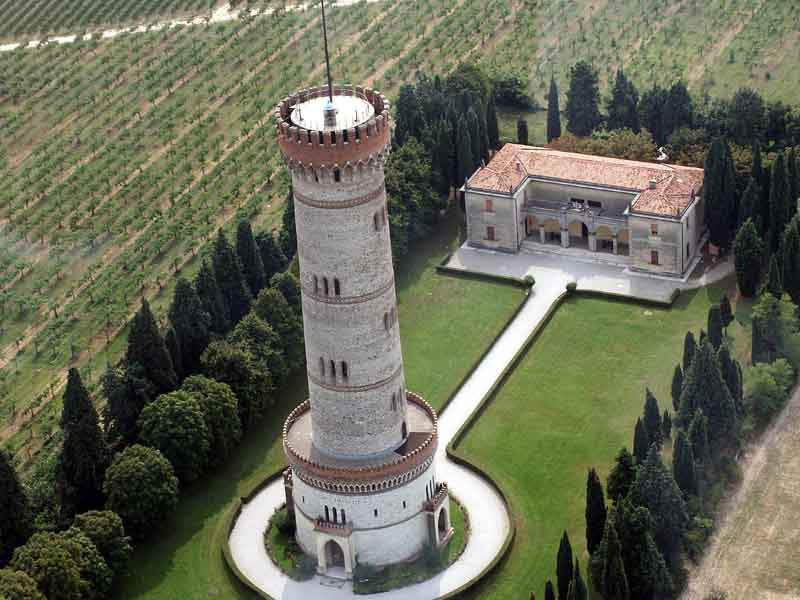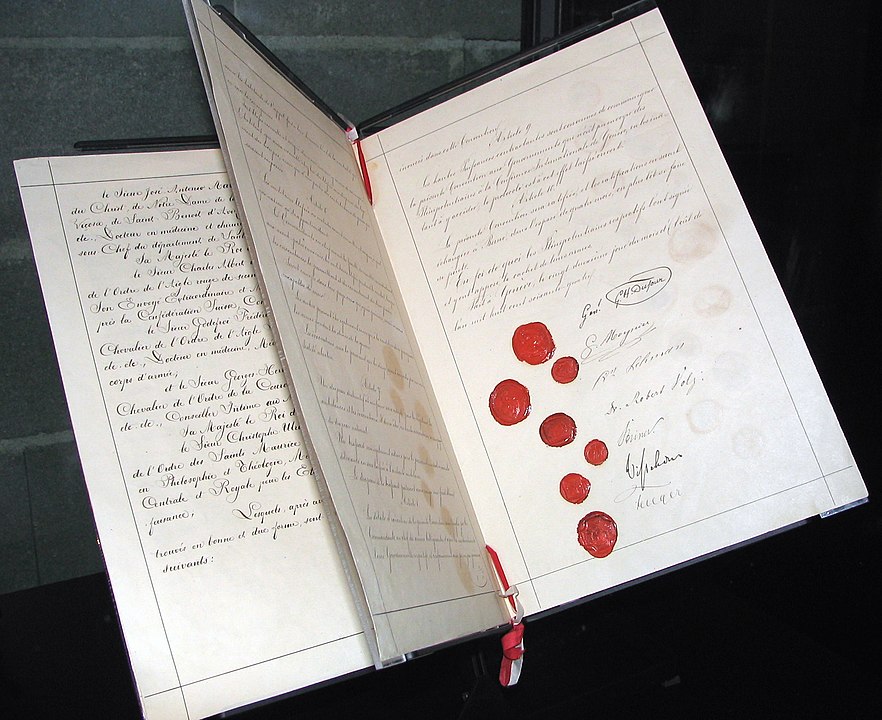Lesson 7 - 1859 - The Battle of Solferino
The battle of Solferino was one of series of wars that helped to create the Italian state in the 1850s. You will be studying these wars next year in Matu 5. The battle of Solferino marks a clear turning point in the history of war between what military historians call first and second generation warfare. On the one hand, Solferino was the last battle in which the armies were led into battle by their respective monarchs: Napoleon III of France (Nephew of Napoleon Bonaparte, emperor of France from 1852 to 1870) and Victor Emmanuel II of Piedmont (soon to be Italy) versus the young Austrian Franz Joseph who would still be Austrian emperor at the outbreak of World War 1 in 1914. The tactics used by both sides were the same as those used in the Napoleonic Wars, but the weapons used were mixture of the old and the new. Muzzle loaded muskets still dominated, but the new breach loaded rifles were also now in use. In general, France had the technological advantage. The French rifled cannon 'Napoleon' had an accurate range of over 3km and was far superior to the Austrian smooth bore cannon which had a 2km range.
Even the memorials of Solferino mark a turning point between first and second generational war. The Ossuary at San Pietro, (below left) contains the bones of 7000 ordinary soldiers. The tower of San Martino della Battaglia is a memorial to Victor Emmanuel II, the first king of Italy.
Perhaps the most 'modern' second generational feature of the battle of Solferino was the size of the armies. With nearly 300,000 soldiers, this was the largest battle since Leipzig in 1813. This was made possible by the Industrial Revolution (Matu 4). A French army of 120,000 was transported and supplied by railway in less than two weeks, something that previously would have taken at least two months. 70,000 troops were also delivered be steamboat. This gave the French significant advantage over the Austrians who had marched on foot at 4km a day. But larger armies and more potent weapons also equalled greater numbers of casualties. It was, of course, the horror of Solferino that led a Swiss businessman to establish the Red Cross and to help establish the Geneva Convention to establish rules for the conduct of modern warfare.
The International Red Cross and the Geneva Convention
|
|
Henry Dunant was a Swiss businessman who 1859 by chance happened to arrive in Solferino a day after the biggest battle for over 50 years. He wrote a book about the horrors of his experience Un Souvenir de Solferino. About 40,000 soldiers on both sides died or were left wounded on the field. Up until the middle of the 19th century, there were no organised army nursing systems to treat casualties on the battlefield. Dunant set about putting such a system in place. On 9 February 1863 in Geneva, Henry Dunant founded what became the International Red Cross Committee (Henri Dufour - Matu 5 - was also one of the first five members). On 22 August 1864, the conference adopted the first Geneva Convention "for the Amelioration of the Condition of the Wounded in Armies in the Field".
|
|
The Geneva Convention
Representatives of 12 states signed the convention that provided for:
Due to the rapidly developing nature of war and military technology, the original articles had to be revised and expanded, largely at the Second Geneva Conference in 1906 and Hague Conventions of 1899 and 1907 which extended the articles to maritime warfare. Henry Dunant received the first Noble Peace Prize in 1901. |
|
Activity
Divide into pairs. You are going to make a poster that commemorates the life and achievements of Henry Dunant. The format, style and size are entirely up to you, but the poster must cover the following themes:
Remember that a poster has a display function, so the design and visual dimension are very important. |




